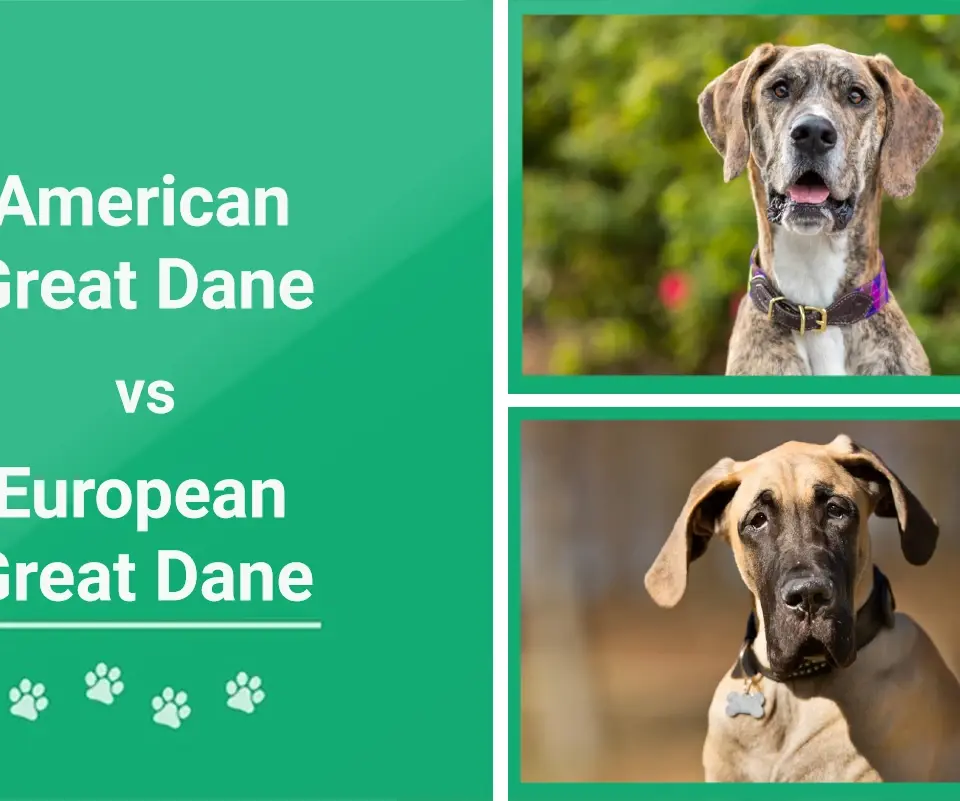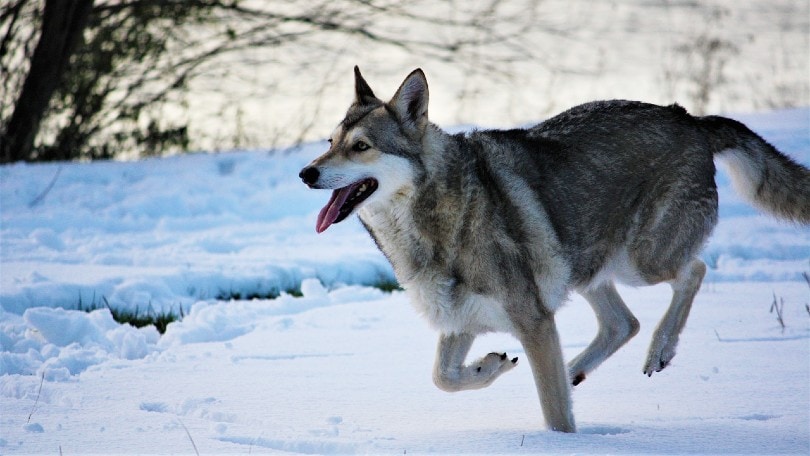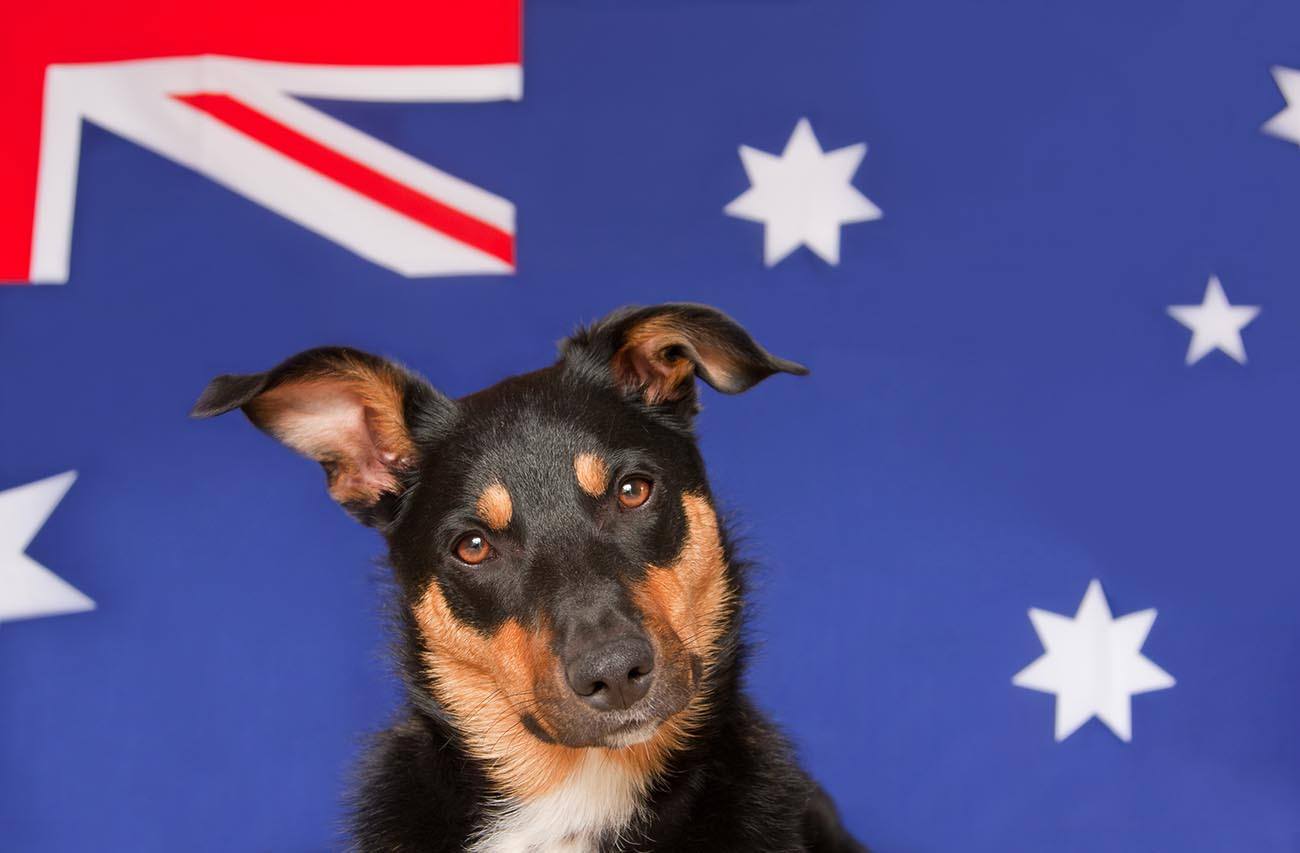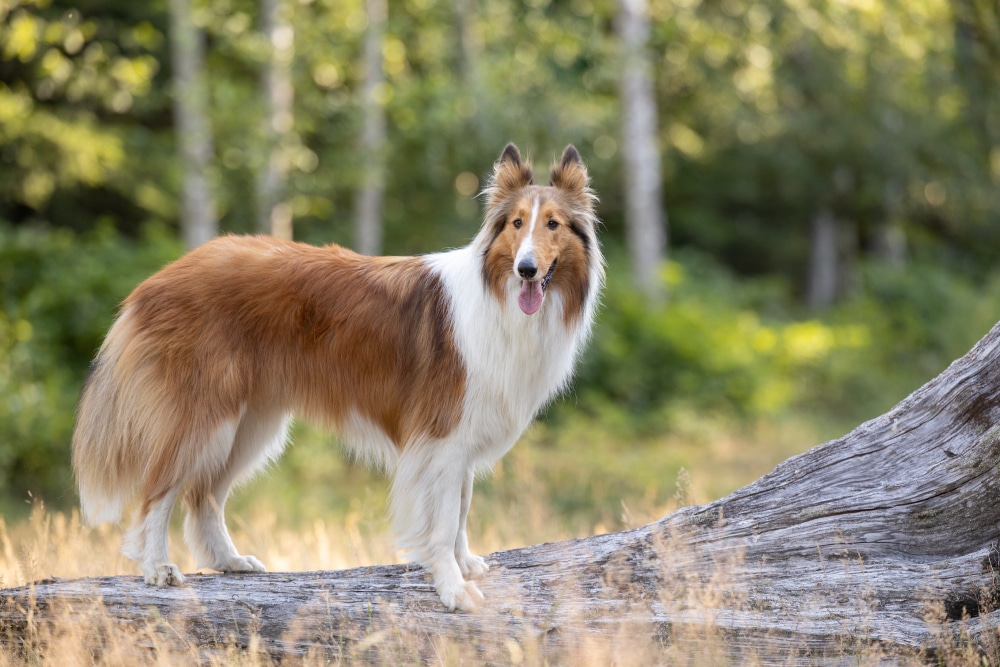When it comes to picking the perfect giant canine companion, the choice often narrows down to American and European Great Danes. While both breeds share similar roots and charming traits, subtle differences set them apart, sparking endless debates among dog enthusiasts.
The American Great Dane, despite its origins in Europe, has undergone distinctive breeding practices in the United States. This giant pooch stands tall, averaging between 28-32 inches in height, and weighs about 100-120+ pounds. Known for their loyalty, intelligence, and playful nature, these dogs are excellent family companions, fitting well into social settings. They may take on roles as guard dogs, thanks to their protective instincts. Training these gentle giants should start early, given their energetic nature, to ensure they grow into well-behaved adults.
On the other hand, European Great Danes are often mistaken as the more laid-back siblings. Weighing in between 140-175+ pounds, they carry a heavier frame. While affectionate and sociable, they’re also known for their independence, often occupying the role of a ‘couch potato.’ Despite their relaxed demeanor, daily exercise, such as walks or games of fetch, is essential to maintain their health and happiness.
Both breeds thrive on family interactions but have their quirks. American Great Danes are social butterflies, mingling seamlessly with family and strangers alike, while European Great Danes value their personal space and can be a bit more reserved. However, early socialization helps them become more comfortable around others.
Healthwise, these majestic creatures are generally robust but may experience issues due to their size. Conditions like gastric dilation-volvulus, hip dysplasia, and hypothyroidism are common concerns. Awareness and regular vet check-ups can help manage these risks.
If you’re deciding which breed suits your lifestyle, consider the environment and family dynamics. American Great Danes adapt well to various living situations, provided they have space for their playful antics. However, they might not be the best fit for seniors. Meanwhile, European Great Danes enjoy space and discipline and may perform well in active households or as working companions.
Ultimately, the best Great Dane for you hinges on your surroundings and how well they integrate with your family. Both breeds share a wonderful companionship quality but differ slightly in temperament and lifestyle needs. Consider the space you can provide and the type of interaction you seek with your four-legged friend.










